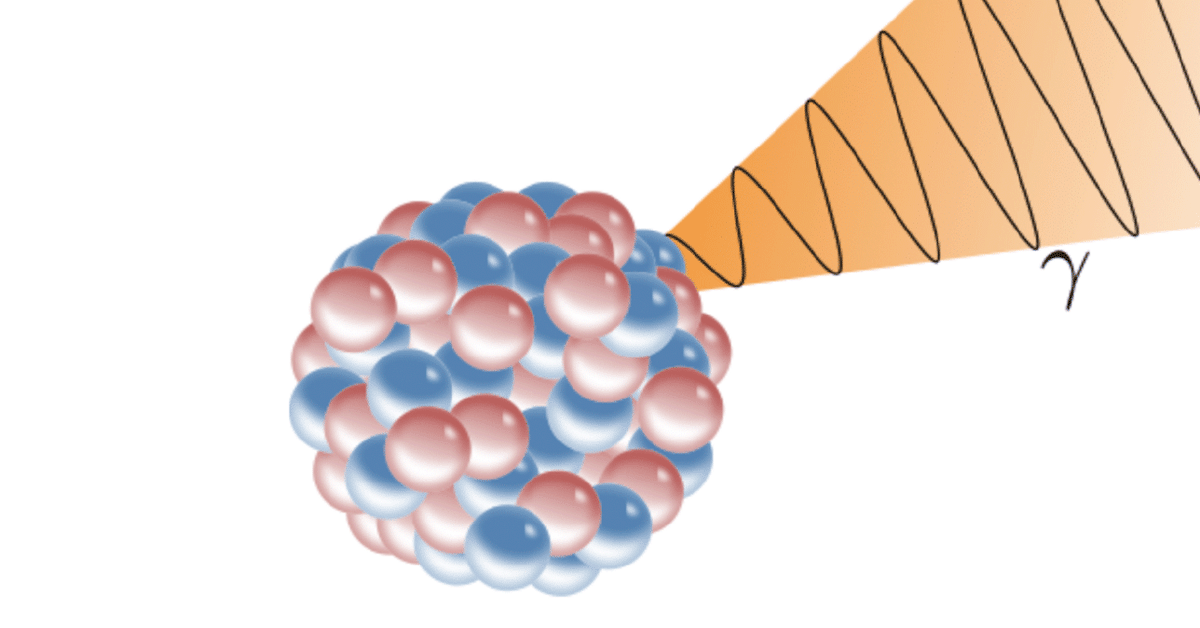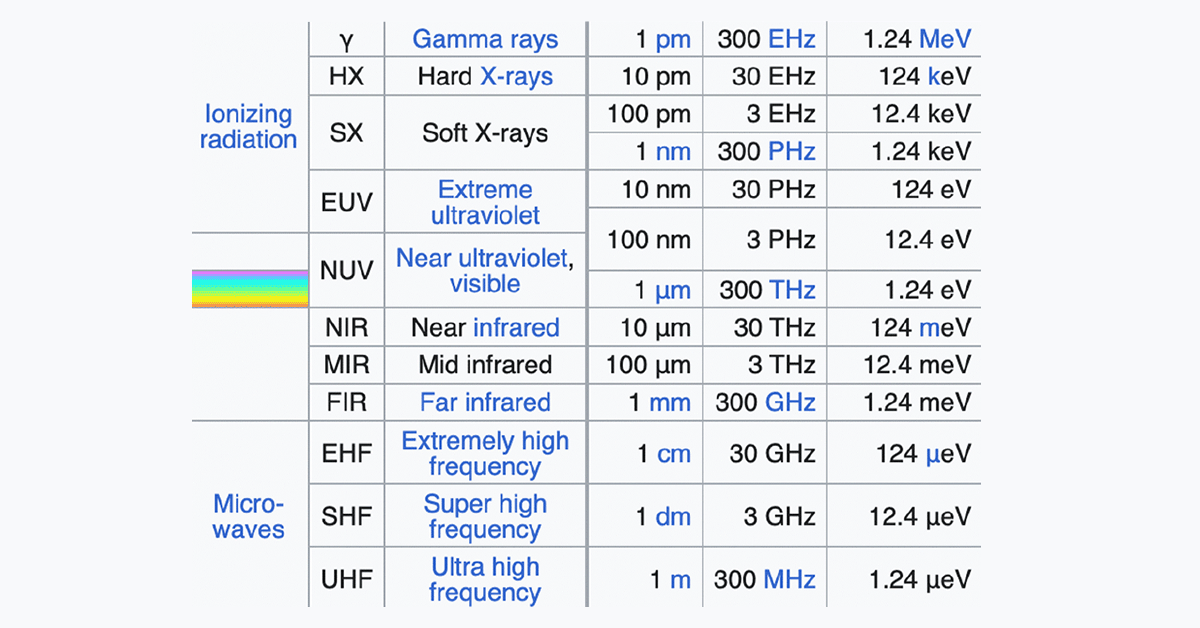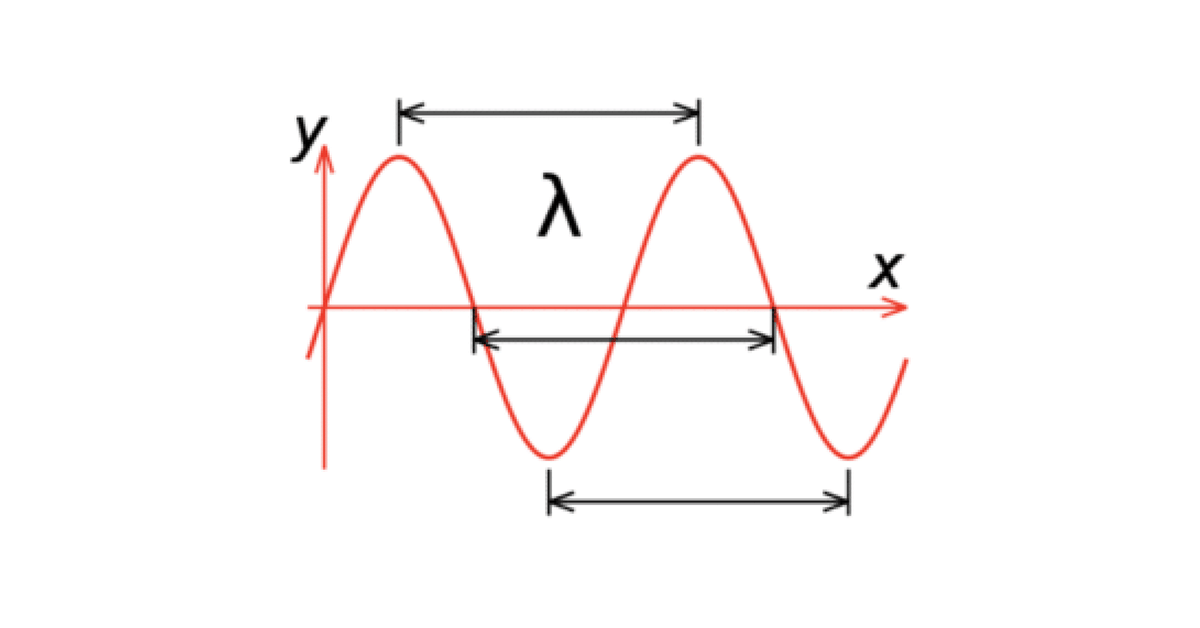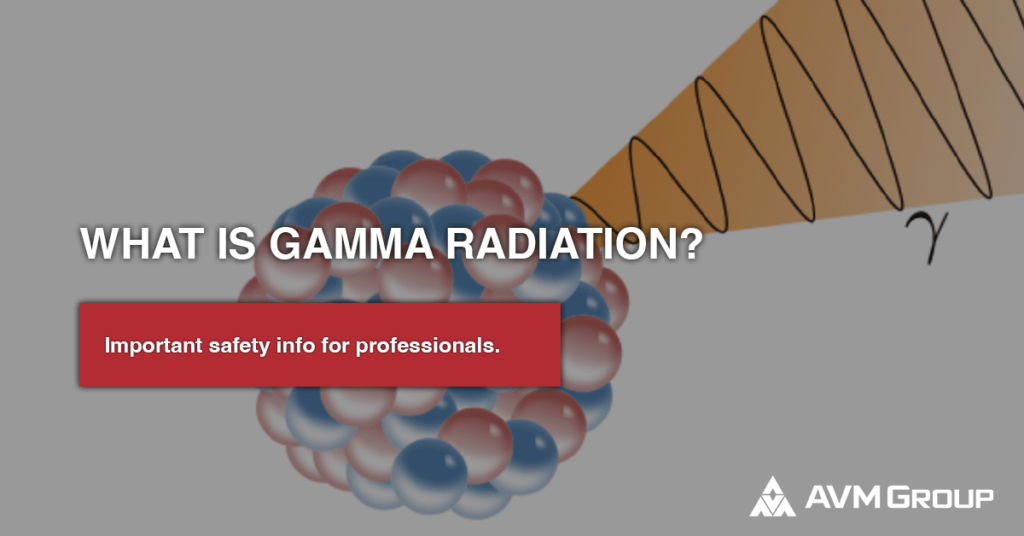*This post is part of a much larger pillar blog: The Ultimate Radiation Shielding Guide
Table of Contents
ToggleIntroduction
Gamma radiation is a form of ionizing radiation that has been widely used in various fields like medicine, manufacturing, and agriculture.
It is important to understand this type of radiation in order to properly handle it and prevent exposure.
In this blog, we will discuss the properties of gamma radiation, its production, how it affects living organisms, applications, detection and measurement, safety measures, and regulations.
Please note that throughout this blog, we may refer to gamma radiation as GR.
The Properties of Gamma Radiation

Gamma radiation is a type of electromagnetic radiation with high frequency and short wavelength, making it highly energetic.
It has no mass or charge, and travels at the speed of light.
Gamma rays have the highest energy and shortest wavelength in the electromagnetic spectrum.
Let’s break this down a bit, and look at what electromagnetic radiation is, what wavelength and frequency is (and why it matters), and talk about the energy level associated with GR.
The factors listed above are extremely important, as they directly impact the effect of the radiation used, and the type of shielding required to safely handle it.
The Electromagnetic Spectrum

In order to get a full grasp on GR, we have to dive deeply into the electromagnetic spectrum to get a holistic view of how gamma rays are classified, and compare them to similar types of waves.
The electromagnetic spectrum covers electromagnetic waves with frequencies ranging from below one hertz to above 1025 hertz, corresponding to wavelengths from thousands of kilometers down to a fraction of the size of an atomic nucleus.
This spectrum is the range of all types of electromagnetic radiation.
It includes radio waves, microwaves, infrared radiation, visible light, ultraviolet radiation, X-rays, and gamma rays.
Gamma rays are classified as “Y”, and have a wavelength of 1 pm, a frequency of 300 EHz and an energy per photon of 1.24 MeV.
Wavelength and Frequency

Wavelength and frequency are the two properties of electromagnetic radiation that determine their characteristics.
Wavelength is inversely proportional to frequency, as the lower the frequency, the longer the length.
GR has a wavelength of less than 10 picometers and a frequency of more than 10 exahertz.
Energy Level
GR has a high energy level due to its short wavelength and high frequency.
It can penetrate through most materials, including wood, drywall, aluminum, and skin.
This is why you need to have a very specific type of shielding material such as steel, dense concrete, and lead, as we’ll discuss in the coming sections.
At AVM Group, we use sand and aggregate in our patented Matter Vault.
GET THE LATEST INDUSTRY NEWS DELIVERED TO YOUR INBOX
Stay on the forefront of the shielding industry with our weekly e-newsletter.
How is Gamma Radiation Produced?
What causes gamma radiation to be omitted?
GR can be produced naturally or artificially.
The main ways we see GR created is through nuclear reactions, radioactive decay, and artificial production.
Nuclear Reactions

GR can be produced naturally by nuclear reactions such as radioactive decay, fusion, and fission.
During these processes, energy is released in the form of gamma rays.
On average, a person in the US is exposed to about 0.62 millisieverts (mSv) of gamma radiation per year from natural sources like rocks and soil, the EPA states.
Radioactive Decay
Radioactive materials such as uranium, thorium, and radium emit gamma rays during their decay process.
The decay of these materials can produce high levels of GR, which can be harmful to living organisms.
Artificial Production
Gamma radiation can also be produced artificially through processes such as nuclear explosions, particle accelerators, and radioactive isotopes.
These processes can create high levels of gamma radiation, which can be dangerous if not handled properly.
GR can also be created by industrial and medical processes.
We’ll go into that a bit later. Now, let’s look at how omitted gamma radiation affects living organisms.
Gamma Radiation and Living Organisms
GR is a form of ionizing radiation that can have harmful effects on living organisms.
Ionizing Radiation

GR can remove electrons from atoms and molecules, creating ions.
These ions can damage living cells, including DNA molecules, which can lead to mutations and cancer (US Department of Energy).
Biological Effects
Exposure to high levels of gamma radiation can cause acute radiation sickness, which can lead to symptoms such as nausea, vomiting, and hair loss, according to a UN report published by the WHO (World Health Organization).
It can also increase the risk of cancer, birth defects, and other diseases.
Health Risks and Dangers
The health risks and dangers of GR depend on the dose and duration of exposure.
High levels of GR can cause immediate harm, while low levels of exposure over a long period of time can increase the risk of cancer and other diseases.
Common Applications of Gamma Radiation
GR has various applications in different fields.
The most common industries where GR is utilized are the medical, industrial, and agricultural fields.
Medical Applications

Gamma radiation is commonly used in cancer treatment, with about half of all cancer patients receiving radiation therapy according to the American Cancer Society.
It is also used in radiography, nuclear medicine, and sterilization of medical equipment such as surgical gloves and syringes.
In fact, medical radiation accounts for the largest source of human-made radiation exposure, with CT scans being the largest contributor (NCRP).
It’s also important to note that these uses carry over into the veterinary field.
Industrial Applications

GR is also used in agriculture to irradiate crops and food products to eliminate bacteria, fungi, and insects.
This process, known as irradiation, can extend the shelf life of food products and ensure safety for consumption.
If this type of radiation is produced so much, how do you detect unhealthy amounts?
GET THE LATEST INDUSTRY NEWS DELIVERED TO YOUR INBOX
Stay on the forefront of the shielding industry with our weekly e-newsletter.
Detection and Measurement of Gamma Radiation
To detect and measure gamma radiation , specialized equipment is needed.
Radiation detection devices, such as Geiger counters and scintillation detectors, are commonly used to detect and measure gamma radiation.
People who commonly work around radiation wear electronic badges that monitor their level of exposure.
These devices work by detecting the ionizing radiation produced by gamma rays and converting it into an electrical signal.
How is GR measured? How do you do it safely?
Units of Measurement: Gamma Radiation

The units of measurement used to quantify GR include the gray (Gy) and the sievert (Sv).
The gray is a unit of absorbed dose, which measures the amount of energy deposited in a material by ionizing radiation.
The sievert is a unit of equivalent dose, which takes into account the biological effects of different types of radiation on human tissue.
How to Measure Gamma Radiation
It is important to follow safety guidelines when working with GR.
Exposure to high levels of gamma radiation can be dangerous and even deadly.
These types of radiation levels require a shielded vault to block any harmful radiation that may escape.
Personal protective equipment, such as lead aprons and gloves, should be worn to minimize exposure during low-level radiation interactions such as x-rays, veterinarian practices and skin cancer treatments.
Environmental monitoring should also be conducted continuously to ensure that radiation levels are always within safe limits.
Safety Measures for Minimizing Gamma Radiation Exposure
In addition to personal protective equipment, contamination control, and environmental monitoring, there are other safety measures that can be taken to minimize exposure to GR.
These include using shielding materials, such as lead , sand and aggregates, and concrete, to reduce radiation levels. The thickness and density of the shielding material needed will depend on the energy of the gamma rays and the length of exposure time.
How to Properly Handle Gamma Radiation
It is also important to follow proper handling procedures when working with radioactive materials.
These procedures include proper storage and disposal of radioactive waste, and following strict decontamination procedures after handling radioactive materials.
Specialized companies are always called to handle and dispose of radioactive materials properly.
Conclusion
GR is a powerful form of electromagnetic radiation that can have both positive and negative effects on living organisms.
Understanding the properties, sources, effects, and applications of GR is important for minimizing the risks associated with exposure and maximizing its benefits.
From medical treatments to food safety, GR plays a critical role in many aspects of modern life.
However, it is important to handle radioactive materials safely and to follow proper safety guidelines to minimize exposure to GR.
By doing this, we can harness the power of GR while minimizing its risks.



